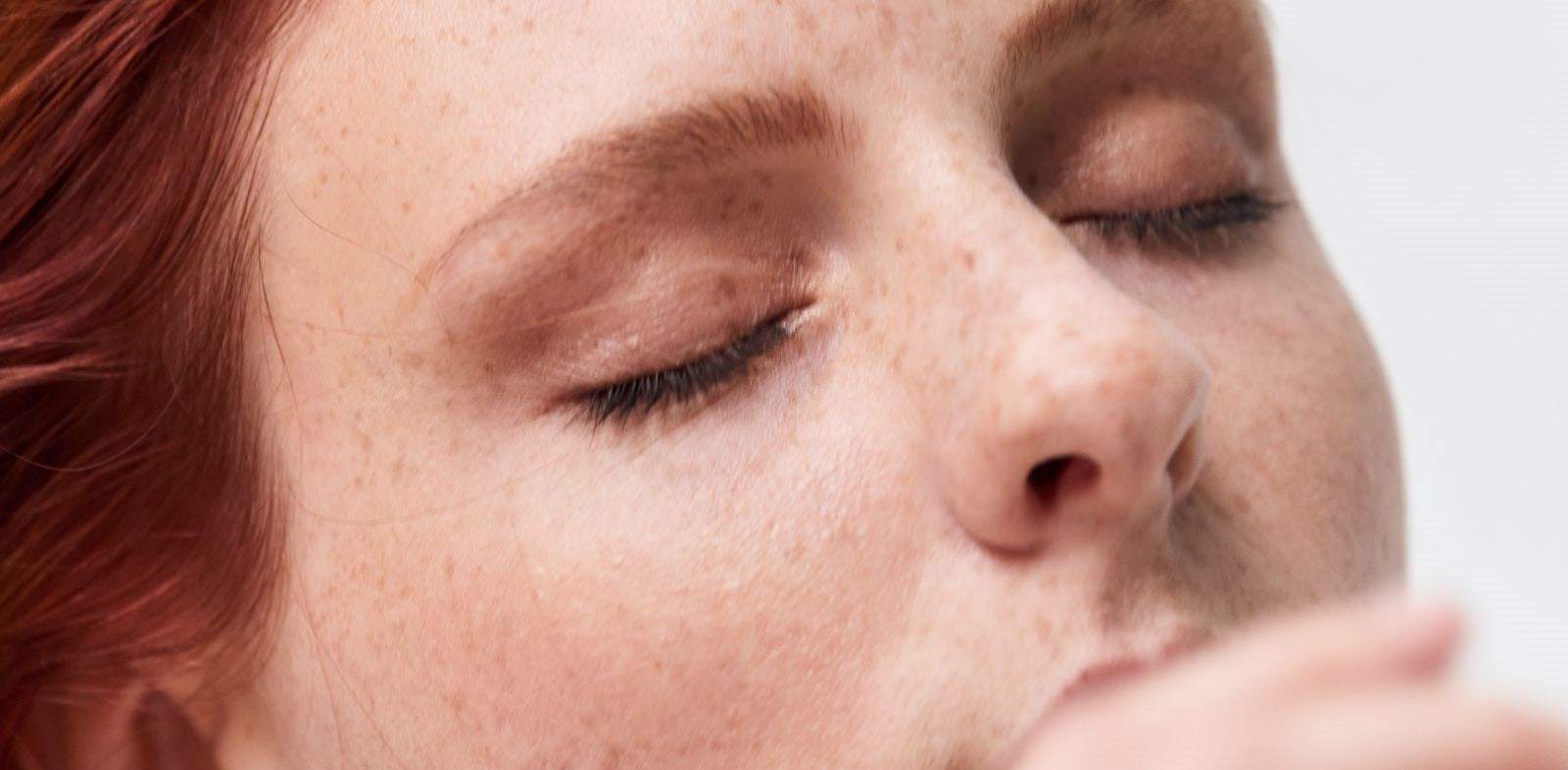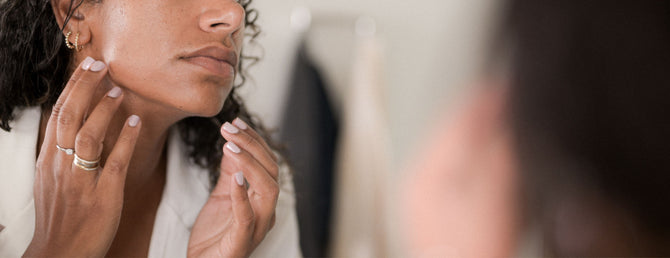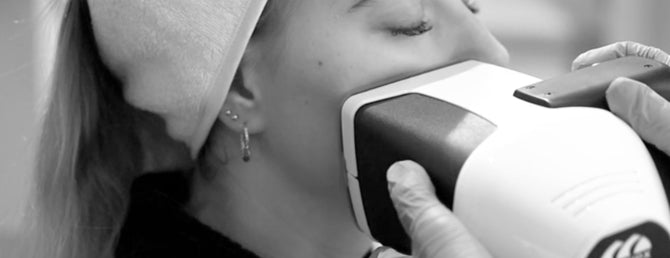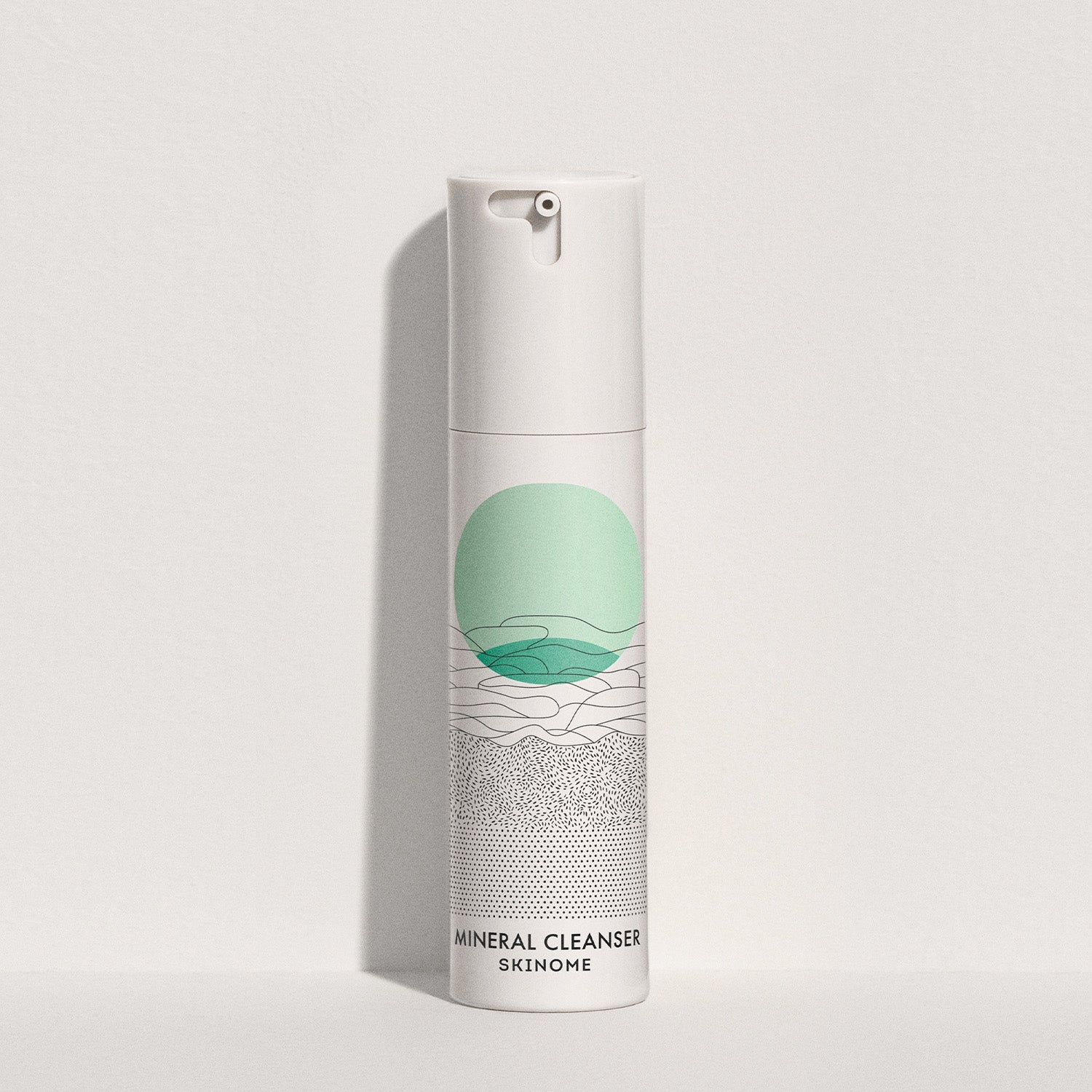
In this article, we continue our article series on the -biotic family members, and this time we take a closer look at the postbiotics. We will go through the purpose and most important functions of using postbiotic substances, as well as discuss whether this group has any positive impact on our overall health and skin.
Simply put, postbiotics are substances produced by microorganisms . A slightly more detailed definition shows that postbiotics are a complex mixture of metabolic substances produced by probiotics, such as live bacteria and yeast. Postbiotics are generated in a fermentation process where the microorganisms produce various beneficial substances. Postbiotics are also produced naturally in the gut or on the skin.
When it comes to skin care, the most common postbiotic ingredients are substances produced by lactic acid bacteria of the genus Lactobacillus or yeast, mainly from various Saccharomyces species. The substances produced by the microorganisms are collected and separated from the living cells. The postbiotic substances include, among others, important vitamins, amino acids, peptides, fatty acids and various polysaccharides.

In the literature, postbiotics have been reported to have antioxidant, anti-inflammatory, antiproliferative and immunomodulatory effects. In addition, postbiotics promote a more diverse and balanced microbiome.
Postbiotics have historically been studied more in terms of gut health, but in recent years, their use on the skin has been studied more extensively. As previously mentioned, postbiotics have been shown to have a positive impact on skin health. For example, various bacterial extracts have been shown to be effective in alleviating acne and eczema conditions. Other studies have shown that postbiotic ingredients have a positive impact on skin repair processes and a calming effect and counteract redness as well as an anti-inflammatory and antimicrobial effect. In addition, postbiotics have been shown to improve the skin barrier and accelerate the renewal of the epidermis.
Some postbiotic ingredients are known for their antimicrobial properties and their ability to inhibit various bacteria that may be pathogenic, e.g. Pseudomonas aeruginosa and Staphylococcus aureus. Interestingly, many studies have shown an inhibitory effect against acne-causing bacteria.

The dietary products that naturally increase the postbiotic substances in our body are cottage cheese, fiber-rich foods (oats, seaweed and garlic), fermented products such as pickles, kimchi, kombucha, sauerkraut and yogurt.
When it comes to cosmetics, the majority of postbiotics on the market come from bacteria, most often from lactic acid bacteria of the genus Lactobacillus. The majority of ingredients are various lysates, i.e. parts from dead bacteria and yeasts, and consist of organic acids, polysaccharides, peptides and various compounds from the bacterial and yeast cells. In summary, when looking for postbiotics in skin care products, we suggest looking for ferment or lysate components. A couple of examples are lactobacillus ferment, lactobacillus lysate and Bifidobacterium lysate.

In our products there are two types of postbiotic ingredients - Lactobacillus ferment and Lactobacillus (rice ferment).
Used in our products to moisturize the skin and prevent the growth of bad bacteria. This ferment is found in our Mineral Cleanser .
A patented postbiotic ingredient that has anti-inflammatory properties, helps bind moisture in the skin, strengthens the skin's immune system and balances the natural skin flora. This ingredient is found in our Light Emulsion face cream.
Abbasi, A., Hajipour, N., Hasannezhad, P., Baghbanzadeh, A., & Aghebati-Maleki, L. (2020). Potential in vivo delivery routes of postbiotics. Critical reviews in food science and nutrition, 1–39. Advance online publication. https://doi.org/10.1080/10408398.2020.1865260
Ácsová, A., Hojerová, J., & Martiniaková, S. (2022). Efficacy of postbiotics against free radicals and UV radiation. Chemical Papers, 76(4), 2357-2364.
Canonici, A.; Siret, C.; Pellegrino, E.; Pontier-Bres, R.; Pouyet, L.; Montero, MP; Colin, C.; Czerucka, D.; Rigot, V.; Andre, F. Saccharomyces boulardii improves intestinal cell restitution through activation of the alpha2beta1 integrin collagen receptor. PLoS ONE 2011, 6, e18427
Coppola, S., Avagliano, C., Sacchi, A., Laneri, S., Calignano, A., Voto, L., Luzzetti, A., & Berni Canani, R. (2022). Potential Clinical Applications of the Postbiotic Butyrate in Human Skin Diseases. Molecules (Basel, Switzerland), 27(6), 1849. https://doi.org/10.3390/molecules27061849
Duarte, M., Oliveira, AL, Oliveira, C. et al. Current postbiotics in the cosmetic market—an update and development opportunities. Appl Microbiol Biotechnol 106, 5879–5891 (2022). https://doi.org/10.1007/s00253-022-12116-5
Fournière M, Latire T, Souak D, Feuilloley MGJ, Bedoux G (2020) Staphylococcus epidermidis and Cutibacterium acnes: two major sentinels of skin microbiota and the influence of cosmetics. Microorganisms 8(11):1–31. https://doi.org/10.3390/microorganisms8 111752
Hernández-Granados, M., & Franco-Robles, E. (2020). Postbiotics in human health: Possible new functional ingredients? Food Research International, 137, 109660
Nasim Golkar, Yousef Ashoori, Reza Heidari, Navid Omidifar, Seyedeh Narjes Abootalebi, Milad Mohkam, Ahmad Gholami, "A Novel Effective Formulation of Bioactive Compounds for Wound Healing: Preparation, In Vivo Characterization, and Comparison of Various Postbiotics Cold Creams in a Rat Model", Evidence-Based Complementary and Alternative Medicine, vol. 2021, Article ID 8577116, 13 pages, 2021. https://doi.org/10.1155/2021/8577116
Nataraj, BH, Ali, SA, Behare, PV, & Yadav, H. (2020). Postbiotics-parabiotics: the new horizons in microbial biotherapy and functional foods. Microbial cell factories, 19(1), 168. https://doi.org/10.1186/s12934-020-01426-w
Scarpellini, E., Rinninella, E., Basilico, M., Colomier, E., Rasetti, C., Larussa, T., Santori, P., & Abenavoli, L. (2021). From Pre- and Probiotics to Post-Biotics: A Narrative Review. International journal of environmental research and public health, 19(1), 37. https://doi.org/10.3390/ijerph19010037
What Are Postbiotics? (2021, November 22). Cleveland Clinic. https://health.clevelandclinic.org/postbiotics/
Żółkiewicz, J., Marzec, A., Ruszczyński, M., & Feleszko, W. (2020). Postbiotics-A Step Beyond Pre- and Probiotics. Nutrients, 12(8), 2189. https://doi.org/10.3390/nu12082189


















